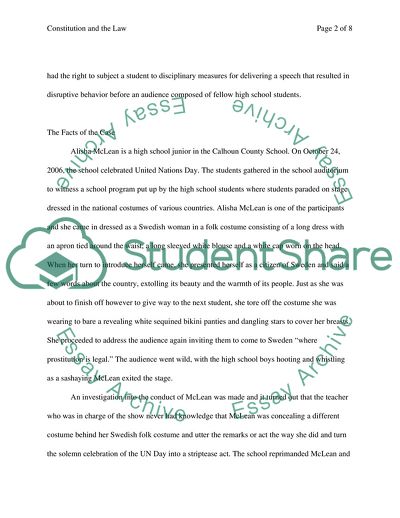Cite this document
(The Connection Between the Constitution and the Law Essay, n.d.)
The Connection Between the Constitution and the Law Essay. https://studentshare.org/law/1714773-constitution-and-the-law
The Connection Between the Constitution and the Law Essay. https://studentshare.org/law/1714773-constitution-and-the-law
(The Connection Between the Constitution and the Law Essay)
The Connection Between the Constitution and the Law Essay. https://studentshare.org/law/1714773-constitution-and-the-law.
The Connection Between the Constitution and the Law Essay. https://studentshare.org/law/1714773-constitution-and-the-law.
“The Connection Between the Constitution and the Law Essay”. https://studentshare.org/law/1714773-constitution-and-the-law.


